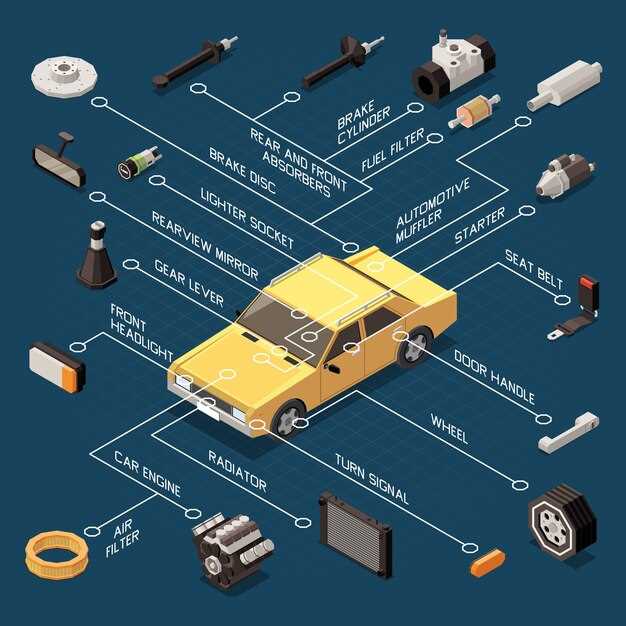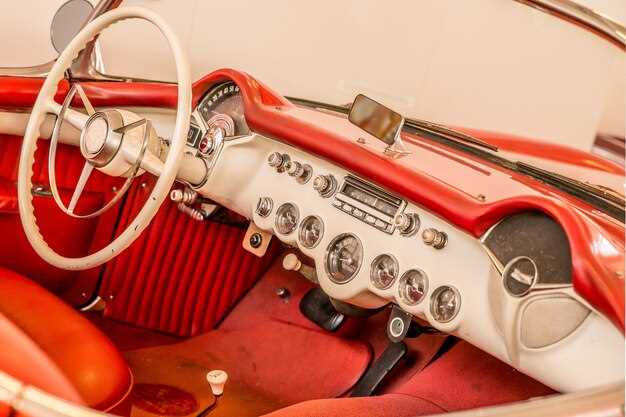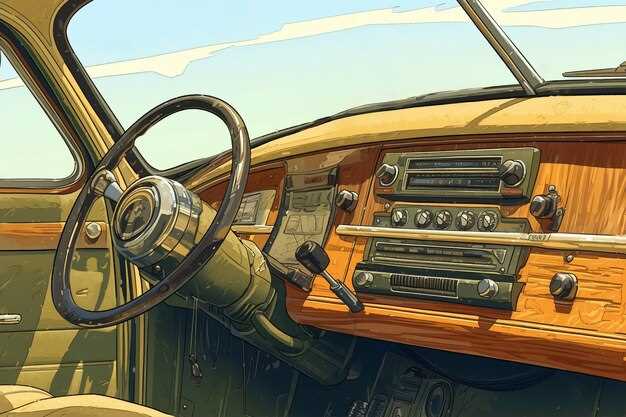
The journey of classic cars is a fascinating story that encompasses innovation, design, and cultural significance. From the early days of the automobile in the late 19th century to the sleek, powerful machines of the 21st century, the evolution of classic cars reflects not only advancements in technology but also changes in societal values and consumer desires.
Understanding the lineage of classic cars is essential for enthusiasts and historians alike. Each decade brought its own revolution, whether it was the mass production techniques seen in the early 1900s or the introduction of safety features and fuel efficiency standards in the latter half of the century. By examining these developments, we can appreciate the artistry and engineering that defined these vehicles, which often represent the pinnacle of automotive design for their eras.
In this article, we will outline a timeline of classic cars through the years, highlighting key milestones, iconic models, and notable manufacturers. This exploration not only showcases the aesthetic evolution of these machines but also emphasizes the impact of historical events and technological breakthroughs on the automotive industry. Join us as we embark on this journey through time, celebrating the legacy of classic cars and their undeniable charm.
Major Design Changes in Classic Cars from the 1920s to the 1950s

The evolution of classic cars from the 1920s to the 1950s reflects significant advancements in design and technology. The 1920s marked the emergence of streamlined bodies and the introduction of vibrant colors. Cars began to adopt a more artistic approach, with manufacturers focusing on aesthetics as well as functionality.
During the 1930s, the integration of aerodynamic shapes became prominent. Manufacturer Chrysler introduced the Airflow model, which showcased a design that prioritized wind resistance. This era also saw the rise of luxury features, such as plush interiors and advanced sound insulation, making cars not just a means of transportation but a symbol of status.
The 1940s faced challenges due to World War II, leading to a temporary halt in civilian car production. Post-war, the design shifted dramatically with the influence of American consumerism. The introduction of chrome accents and flashy tail fins characterized many models. The Cadillac showcased these trends with its iconic 1948 model, which boasted striking tail fins and a more pronounced grille.
As the 1950s progressed, cars began to embrace a more assertive presence on the road. The increase in engine power influenced design, particularly in the rear sections, where larger fins became a hallmark. Car manufacturers prioritized not only aesthetic appeal but also performance, leading to a competitive environment that emphasized speed and innovation.
In summary, from the graceful lines of the 1920s to the bold statements of the 1950s, classic car design underwent profound changes. These transformations were driven by technological advancements, consumer preferences, and the cultural context of each decade, resulting in unique and memorable vehicles that continue to captivate car enthusiasts today.
Technological Innovations that Shaped Classic Cars in the 1960s and 1970s
The 1960s and 1970s marked a transformative period in the automotive industry, characterized by significant technological innovations that shaped classic cars. One of the most notable advancements was the introduction of electronic ignition systems. Unlike traditional points and coils, electronic ignition provided more reliable starting and improved fuel efficiency, ultimately enhancing overall vehicle performance.
Another key innovation was the widespread adoption of automatic transmissions. This technology allowed drivers to shift gears seamlessly without manual intervention, thus making driving more accessible to a broader audience. The three-speed automatic systems of the time laid the groundwork for future advancements in transmission technology.
Disc brakes became standard in many performance and luxury vehicles during this era. Offering superior stopping power compared to drum brakes, disc brakes improved overall safety and handling, transforming the driving experience. This innovation was particularly prominent in muscle cars, where high-speed performance required enhanced braking capabilities.
Additionally, the introduction of independent suspension systems significantly improved ride quality and handling. Vehicles equipped with this technology provided better stability and comfort, making long drives more enjoyable. This innovation was particularly critical for luxury cars, which sought to deliver a smooth and refined driving experience.
Fuel injection systems also began to emerge in the late 1960s as an alternative to carburetors. This technology allowed for more precise fuel delivery to the engine, resulting in improved efficiency and power output. As emissions regulations tightened, fuel injection became a crucial component for manufacturers aiming to meet environmental standards while maintaining performance.
Lastly, the incorporation of safety features such as seat belts and crumple zones began to take shape in the automotive design process. Although not yet standardized, these advancements set the stage for future safety legislation. The importance of occupant safety started to gain traction, influencing car manufacturers to adopt design elements focused on protecting drivers and passengers.
The Impact of Environmental Regulations on Classic Car Development in the 1980s and Beyond

The 1980s marked a pivotal era for the automotive industry, significantly influenced by the rise of environmental regulations aimed at reducing pollution and improving air quality. In the United States, the introduction of the Clean Air Act amendments in 1977 set the stage for stricter emissions standards. By the mid-1980s, these regulations compelled manufacturers to innovate rapidly, leading to profound changes in the design and functionality of vehicles, including classic cars.
One immediate effect of these regulations was the widespread adoption of fuel injection systems over traditional carburetors. This transition improved fuel efficiency and reduced harmful emissions, although it altered the driving experience for enthusiasts who favored the raw, mechanical feel of older engines. Classic cars from earlier decades often had powerful, larger displacement engines, and as emissions regulations tightened, manufacturers began to downsize engines and incorporate turbocharging technologies to meet standards without sacrificing performance.
Additions such as catalytic converters became mandatory in many markets, further changing the underpinnings of classic car development. These devices significantly reduced toxic exhaust emissions, but their installation also required redesigning exhaust systems, which sometimes influenced the sound characteristics of classic vehicles. For many purists, these changes diluted the essence of what made classic cars appealing.
Furthermore, the shift towards alternative fuel sources began in this decade, although it did not gain substantial momentum until later years. The oil crises had drawn attention to fuel economy, prompting manufacturers to explore electric and hybrid technologies, which would eventually shape the future landscape of automotive design. Retrofits and restorations of classic cars to accommodate these technologies have become popular among enthusiasts seeking to maintain the vintage aesthetic while meeting modern efficiency standards.
The impact of environmental regulations was not merely technical; it spurred cultural shifts as well. Car shows and clubs began to emphasize sustainability, leading to a renewed interest in preserving vintage vehicles through environmentally friendly restoration practices. The narrative surrounding classic cars evolved, merging the passion for automotive history with a growing consciousness about environmental impact.
In summary, the environmental regulations enacted in the 1980s and beyond significantly influenced classic car development, pushing manufacturers toward innovation in technology, efficiency, and sustainability. While these changes may have transformed the driving experience, they also ensured that classic cars could evolve and remain relevant in an increasingly environmentally aware world.
